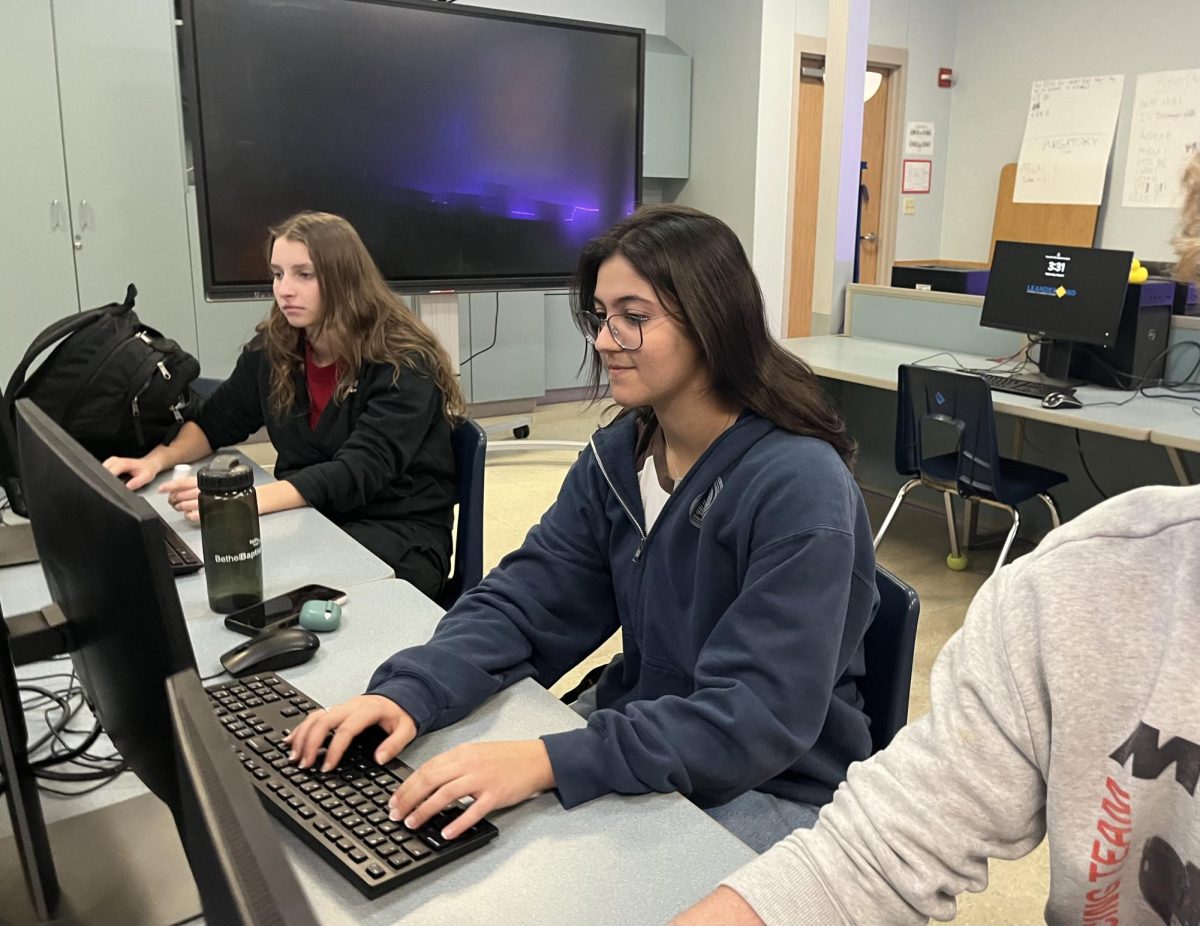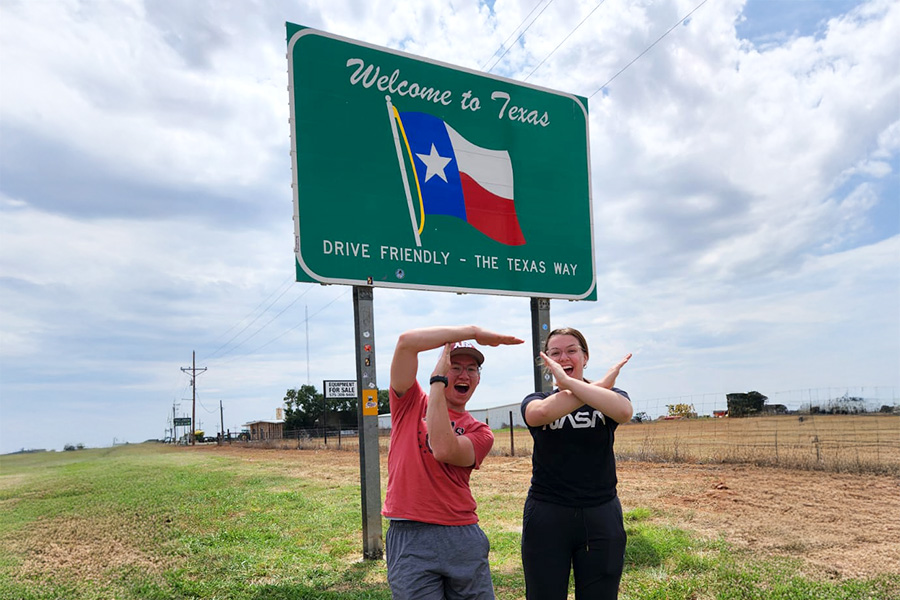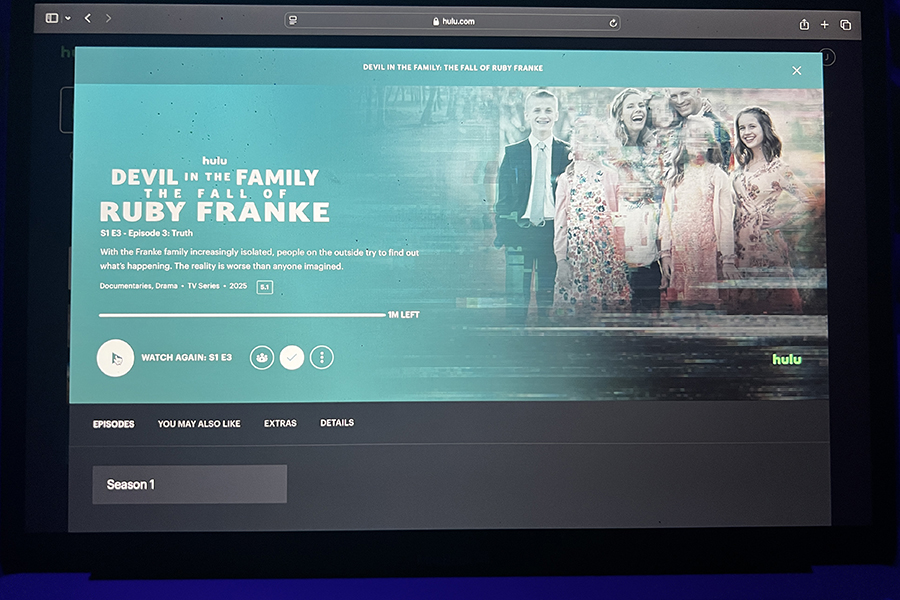The National Aeronautics and Space Agency (NASA) began in the middle of the twentieth-century, with one goal in mind: to reach the moon. By 1969, this goal was reached. But since then, NASA has been jumping from project to project, either not finishing them or abandoning them altogether.
But on January 14, 2004 – just over a week after the landing of Spirit, the Mars Exploration Rover – President George W. Bush announced a set-in-stone plan for our national space agency. According to this plan, NASA would retire the space shuttle this year and prepare to replace it by 2015 with the Orion – a spacecraft capable of both leaving Earth orbit and docking with the International Space Station (ISS), before it’s decommissioning and dismantlement in early 2016. The next step would be to put feet back on the moon by 2018, creating both an artificial test bed and a permanent encampment with a crew on rotating shifts between Earth and the moon. Beyond this, there was to be a manned mission to Mars, but, at this point, the plan is less clear than the former steps listed.
However, as of last year, the Obama administration has begun to reevaluate the missions that NASA should be taking on in the coming years. Although any alterations to the missions that Bush proposed have not officially been announced, there are theories and possible changes that have arisen.
However it’s not like this hasn’t been an issue before, the Bush administration’s vision for space exploration has received numerous criticisms in the past. In 2009, the Aerospace Technology Working Group published an analysis of Bush’s plans, claiming that they were simply too pricey and should either be corrected or taken off the table entirely. The overall feeling of the critics of this vision for space exploration is that it is too much of the tax-payers’ dollars, with too little of payoff.
“It’s probably a lot higher than we think the payoff will be,” Tony Randel, Physics teacher, said. “That said, we have to live on a budget. If I can’t afford it, I can’t afford it. This country’s already in a financial crisis and we need to get the house in order before this.”
One of the first facets to be taken from NASA’s future may be the date that was set for the retirement of the ISS. Instead of deorbiting the orbital laboratory in either 2015 or 2016, the exploits of the space station and its international occupants will continue until at least 2020. Although this may prove more difficult than first presumed, given that the actual funding of the international cooperative project is set to end by late 2015.
However, the most prominent prediction of the Obama administration’s vision for space travel is that the previously planned missions will be either pushed back by years or cancelled until further notice. The largest fear among most scientists is that, instead of returning to the moon by 2018, NASA will instead be taking on a mission to land a probe onto a nearby asteroid that is circling Earth at a far off distance.
The pros and cons of this possible alteration are debatable, but the interesting thing about the infancy of our space program is that no matter what explorations we make into our solar system, they will still be ground breaking to us.
The interiors of these kinds of asteroids may also hold precious minerals that can be taken down to Earth and used for construction purposes, meaning an alleviation on the draining of the planet’s natural resources and safer mining procedures that can be performed in the highly maneuverable zone that null gravity provides.
But while this may indeed be a great accomplishment, it’s fairly insignificant when you consider what could all be done by the year 2025 by the former plan set forth by the Bush administration.
The problem is that larger projects, substantially equivalent to that of the original 1969 moon landing, are usually frowned upon or avoided, with the excuse that NASA is insufficiently funded. The reality of the situation is that the space agency is so spread apart with projects like placing planetary observation orbiters around our own planet, or sending connecting flights to the ISS on the space shuttle Atlantis that funding is not nearly sufficient. But this could all be circumvented if NASA had the same enthusiasm and perseverance it had in the past century. During the first years of the National Aeronautics and Space Administration, there was one singular goal: put a man on the moon. That was all.
“I applaud the instinct, but I think that a moon shot alone seems more like reaching for past glory than striving for new triumphs,” Buzz Aldrin, the second man to set foot on the moon during the Apollo 11 lunar landing, wrote in a publication of his own, entitled Fly Me to L1, December 5, 2003.
While it all may sound tedious and unimportant, the future missions of NASA and other foreign space programs like the European Space Agency or the Japan Aerospace Exploration Agency will prove crucial to our species. The most pressing matter should be colonization of other celestial bodies.
Although no changes are yet officially announced to the mission plan of NASA, it is important to realize that this space program – and its fellow foreign space agencies – will be the ones to prepare the path for our posterity to follow. This means that we must first choose the larger tasks to undertake, which will leave time to return for the smaller scale missions.
“I don’t know if the first plan is realistic or not,” said Randel. “If we were no longer at war in two or three places around the world and we had our economy in order, it would be more realistic. Fifteen years is not a long time, though.”
“I think the next step in our space program should be to create a floating launching pad for manned and unmanned missions to the Moon, Mars and beyond,” Aldrin continued in his 2003 publication. “This is not a task for the unfinished International Space Station, which is intended to be a floating laboratory rather than a bridge to the heavens.”
“Exploring the moons of the solar system would be high on my list of priorities,” said Randel. “I’m kind of a fan of a lunar station, though. Space should be made more accessible to those who are paying for it.”
With the pollution of the world around us, the hoarding of basic supplies and the constant threat of war, can we really afford to take chances with the continuity of our species?

![Posing with their UIL State Trophy, the Robolobos Van Halen Team beams with excitement after their win. “It was a team effort,” junior Noah Vo said. “I was happy because something happened in the first match and the match was also really close. So [when] they finally revealed it, I was pretty happy.” Photo courtesy of Amy Lovelace](https://cphswolfpack.com/wp-content/uploads/2025/05/IMG_0910-EDIT-1200x723.jpg)

![Broadcast, yearbook and newspaper combined for 66 Interscholastic League Press Conference awards this year. Yearbook won 43, newspaper won 14 and broadcast took home nine. “I think [the ILPC awards] are a great way to give the kids some acknowledgement for all of their hard work,” newspaper and yearbook adviser Paige Hert said. “They typically spend the year covering everyone else’s big moments, so it’s really cool for them to be celebrated so many times and in so many different ways.”](https://cphswolfpack.com/wp-content/uploads/2025/05/edited-ILPC.jpg)













![Bringing her arm over her head and taking a quick breath, junior Lauren Lucas swims the final laps of the 500 freestyle at the regionals swimming competition on date. Lucas broke the school’s 18-year-old record for the 500 freestyle at regionals and again at state with a time of 4:58.63. “I’d had my eye on that 500 record since my freshman year, so I was really excited to see if I could get it at regionals or districts,” Lucas said. “ State is always a really fun experience and medaling for the first time was really great. It was a very very tight race, [so] I was a bit surprised [that I medaled]. [There were] a lot of fast girls at the meet in general, [and] it was like a dogfight back and forth, back and forth.” Photo by Kaydence Wilkinson](https://cphswolfpack.com/wp-content/uploads/2025/03/Kaydence-2.7-23-edit-2.jpg)
![As the support team sits and poses for a photo in the cafeteria with the counseling team they eagerly wait to start their day. "We [all] seem to be a team, I get up every day and there's days where I don't want to go to work today, but I'm thankful that I have a job and I'm blessed to have what I have," Christopherson said. Photo Courtesy of Julie Weltens.](https://cphswolfpack.com/wp-content/uploads/2025/01/AF9E8470-10D7-4C91-BF28-EC8F86BAB66C-1200x852.jpeg)
![Officer Stephanie Cash is in her second year as an SRO at CPHS. “Seeing [students] grow over the years has been kind of cool,” Officer Cash said. “Freshmen that [are] all over the place and then in the next couple of years get a little more squared away and go to class and do work and start thinking about the future. Being a part of a student's growth is the best way to measure my success as an SRO.” Photo Courtesy of Cedar Park Police Department's PIO, Alicia Gallagher.](https://cphswolfpack.com/wp-content/uploads/2024/12/CPHS-SRO-900x1200.jpg)



![Taking a breath as he raises his arm up and out of the water, sophomore Kaden Padilla swims the 500 freestyle at the UIL state meet on Feb. 21-22. Padilla placed 10th overall and second in the consolation final in the event, dropping two seconds. “My family was there, so being able to drop time for them was really special,” Padilla said. “It was awesome [finding out I advanced to the consolation finals]. I wasn’t expecting it, and I was very surprised. My parents being there definitely made me a lot happier knowing they got to see me swim in finals.” Photo by Skyler King.](https://cphswolfpack.com/wp-content/uploads/2025/03/kaden-padilla.jpg)

![Three defenders try to stop senior point guard Hope Edwards before the ball leaves her hands. The girls basketball team faced Liberty Hill on Feb 21, losing 58-40. “[My season was] definitely bittersweet,” Edwards said. It's definitely sad [because] I'm gonna miss all my teammates, my coaches and just the whole CP environment.”](https://cphswolfpack.com/wp-content/uploads/2025/03/julia-128-1200x800.jpg)













